Organizations tend to focus on the efficiency of a building – with employees treated as a production tool, which is proven to lead to burnout and chronic illness. In contrast, human-centered workplaces with the right “soft factors” decrease absenteeism and improve cognitive capacities, performance and happiness. And the positive effects extend beyond the office, and into people’s daily lives.
Our proven approach to
a healthy workspace
By researching who uses the space, how they use it and why, D/DOCK creates human balance in workplaces with designs that rejuvenate and enrich the work experience. This not only supports your organization. It also ensures your people are more productive, resilient and healthy.
The success of a Healing Office does however not only depend on a smart interior design but also on the proper use of the environment, the right attitude and the behavior and culture of the employees and employers.
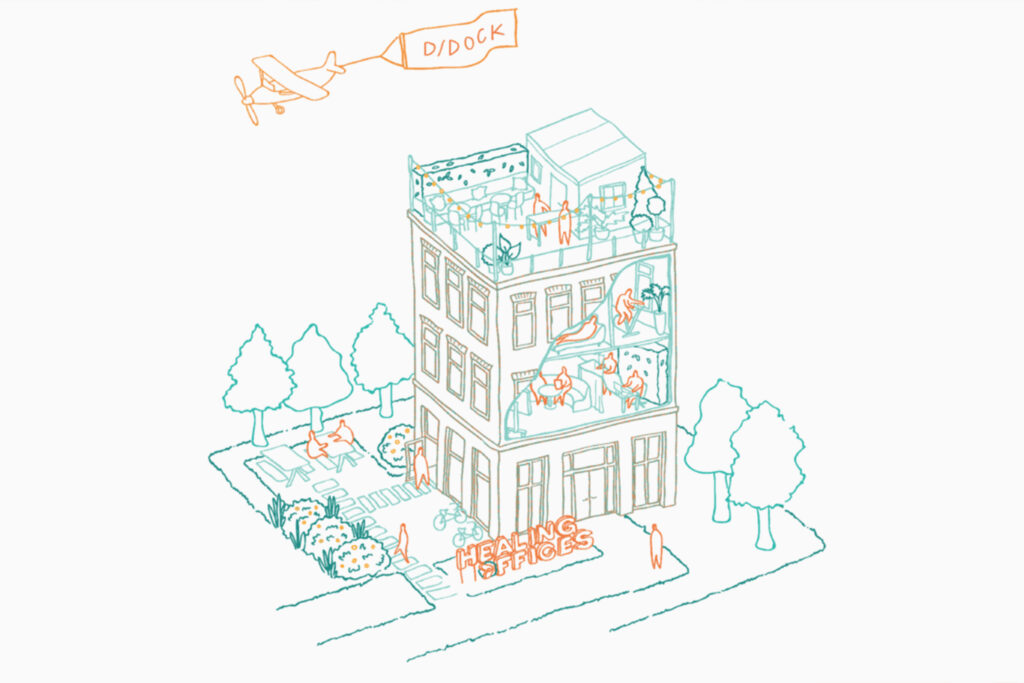
Evidence-based Design
The Healing Offices approach is developed according to the evidence-based design (EBD) method, which means “basing design decisions on credible research to achieve the best possible outcomes”. This means that we no longer design (only) according to subjective aesthetics or our own assumptions about the environment and its users, but instead first research what clients need and which physical elements meet these needs.
10 Design Qualities
By conducting extensive literature review of environmental elements that are beneficial for the health and happiness and productivity of people, ten design qualities have been identified. It is our ambition that as many qualities as possible are integrated in a Healing Office design to enable employees to be the best version of themselves.

1. Healthy Food
Healthy Food stimulates brain synapse activity and supports learning and memory. According to the World Health Organization a healthy diet can raise productivity levels by 20 percent on average. Research has shown that obese or overweight workers are twice as likely to miss work as compared to a fit and healthy worker. A Healing Office offers a variety of healthy foods and snacks, that is easily accessible, placed intelligently in space and presented in a way that inclines people to make healthy food choices.
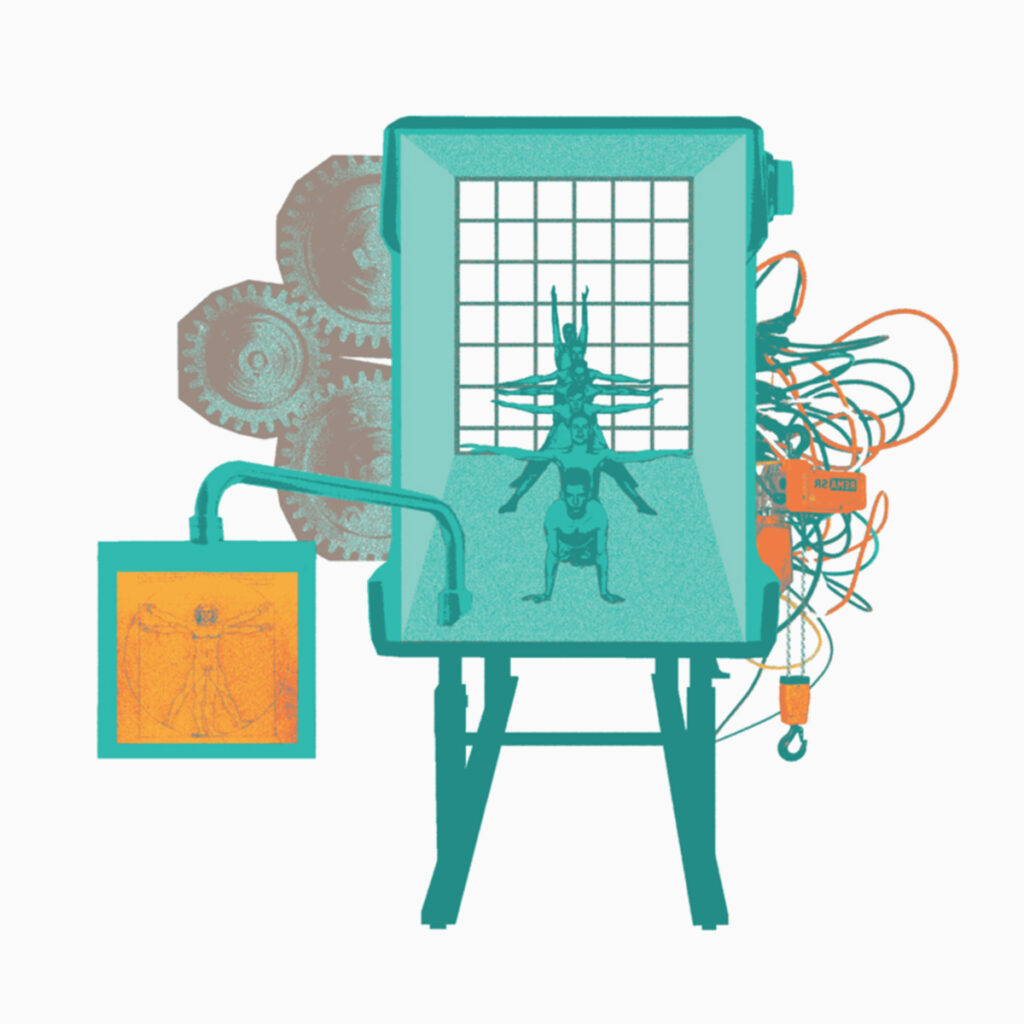
2. Physical Activity
Physical Activity has a positive effect on cognitive capacities, creativity, energy levels, the immune system, stress, overall health and mood. Physical activity can be integrated into a variety of (working) typologies, e.g. by standing tables, walking pathways, a garden, rocking chairs, a table football or stimulating and inspiring staircases.
3. Re-Energizing
Re-Energizing is important to recharge one’s batteries in the workplace, as employees accumulate the need to recover – often without realizing it. The need for recovery is related to wellbeing, psychological distress, health, burnout, sick leave and cognitive performance. Recovery moreover plays a role in self-control, an important factor in the process of changing behavior. Re-Energizing can be translated into design in various ways: a meditation room, contemplation niches, the integration of nature into the workplace and the opportunity to take a (power)nap.
4. Nature
Nature has a positive effects on health, well-being, mood, pro-social behavior, cognitive performance and productivity. Human beings have “love of life”, an innate predisposition to affiliate with nature, which results in a powerful human response to nature’s forms and patterns. The integration of nature (biophilic design) is very broad: ranging from plants, natural materials and colors, organic shapes and patterns, window views and paintings of landscapes to water fountains and a fire place.

5. (Day)Light
(Day)Light has been proven to be beneficial to health, productivity, safety, stress-release, performance and satisfaction. Natural daylight has effect on our mood, alertness and concentration and is very important for our biorhythm. Daylight can be integrated by maximizing the window surface, providing sunshades that don’t entirely block the view and the light and offering an outside space for walking and lingering to get natural sunlight and fresh air.
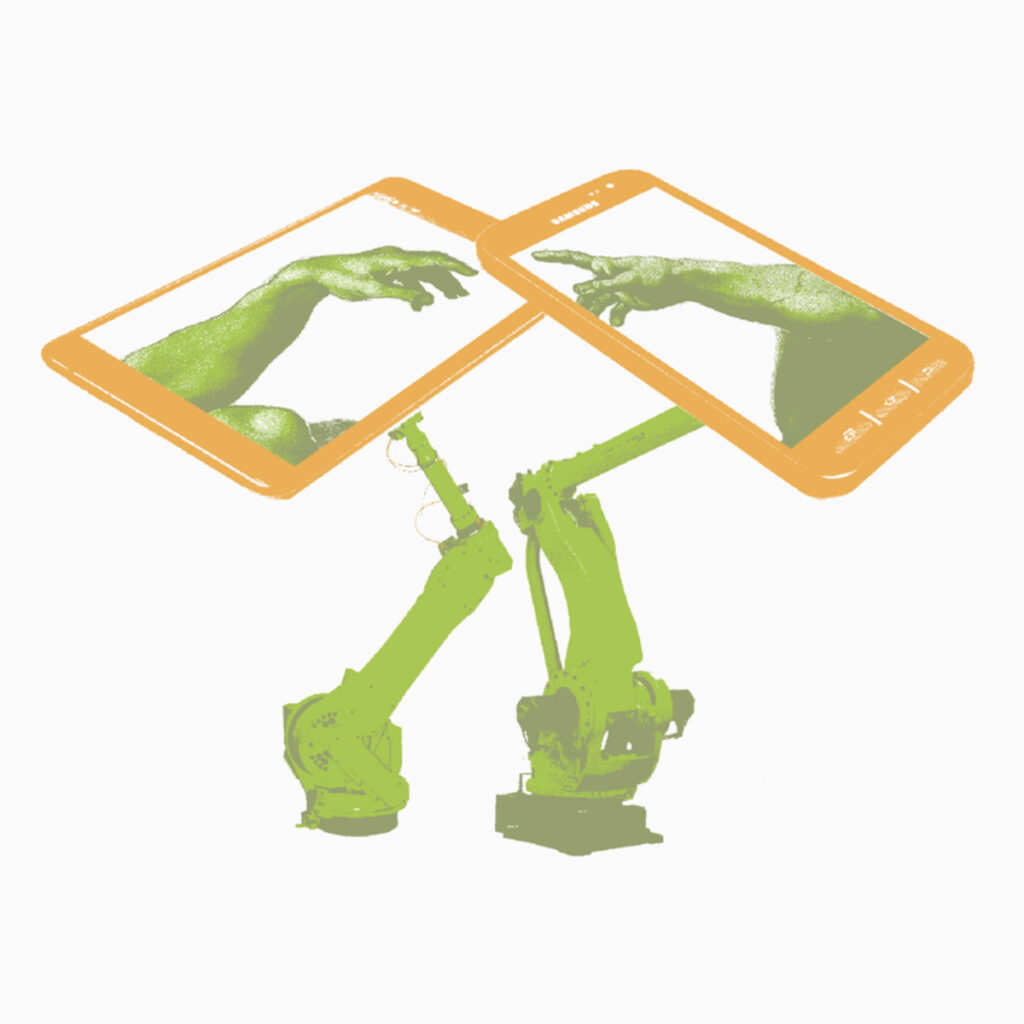
6. Connectedness
Connectedness is a psychological basic need of human beings. It’s defined as a sense of belonging and to feel connected with other people. To stimulate connectedness, the environment should remind people of their social connections, increase the feeling of closeness and stimulate the sharing of each others’ (personal) feeling and thoughts. Creating a place for memories, rituals, friendship and community and accentuating the values, vision, mission and history of a company will enhance feelings of connectedness.
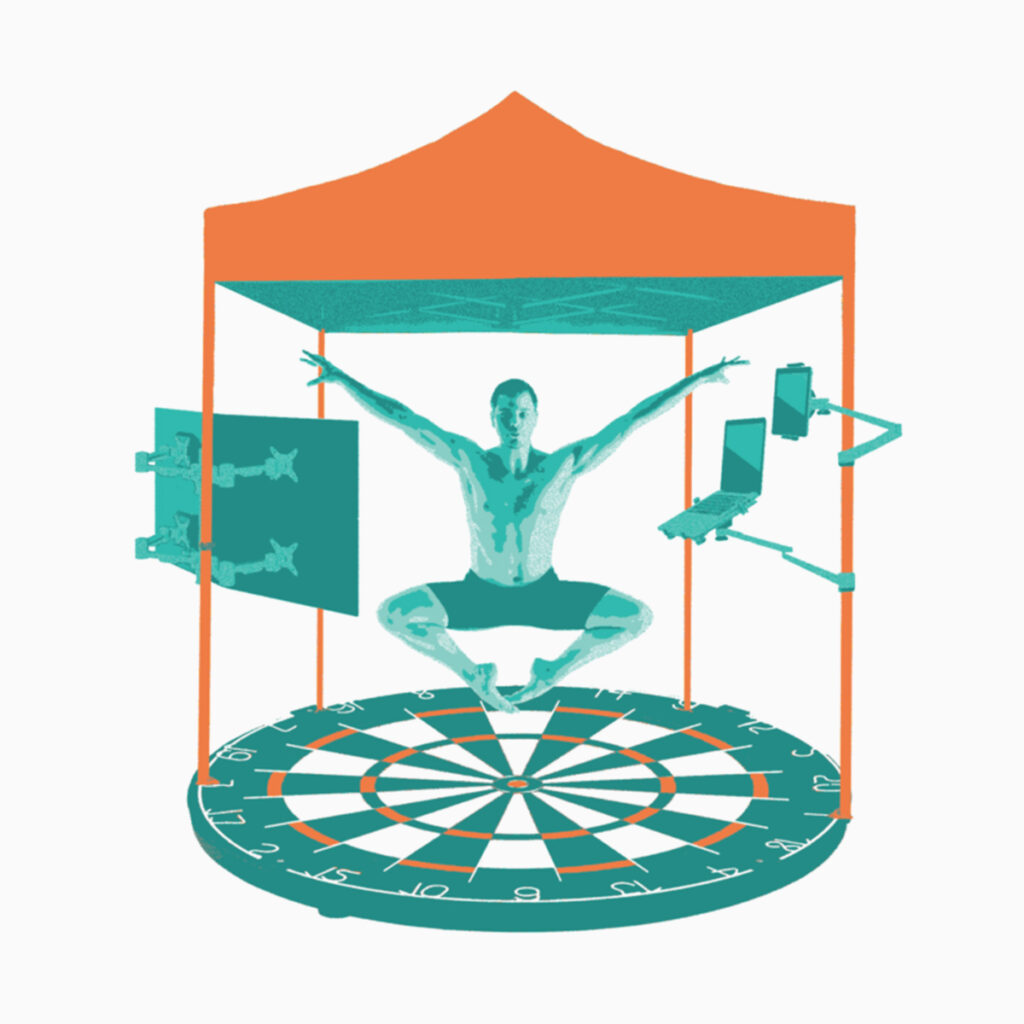
7. Ownership
Ownership means that employees are able to influence their experience in the work environment. Personal control has a positive effect on productivity, motivation, perceived group cohesiveness and job satisfaction. Workspace personalization reduces emotional exhaustion. Participating in the workplace- design, being able to adjust furniture, controlling the indoor climate and lighting and choosing the right place to work depending on the task, create feelings of ownership, empowerment and autonomy.
8. Diversity
Diversity is important because an environment with a good balance of complexity, mystery, coherence and legibility is regarded as most attractive. Therefore a Healing Office should offer a variety of working typologies with different materials, textures, shapes and colors. Diversity also refers to elements of playfulness, that can be inspiring and engaging and even invite people to become physically active.
9. Sustainability
Sustainability signals the awareness of the company of the limited resources of the planet and an intention to care for these resources. By using local or natural materials and by integrating reuse, repair or redesign, people are more consciousness of materials and their origin. Applying innovative ‘persuasive’ technologies can lead to more awareness of users about their own energy use and stimulate pro-environmental behavior. By integrating natural elements into the environment, an emotional affinity with nature is created, which in turn makes that employees will change their behavior to protect that environment.
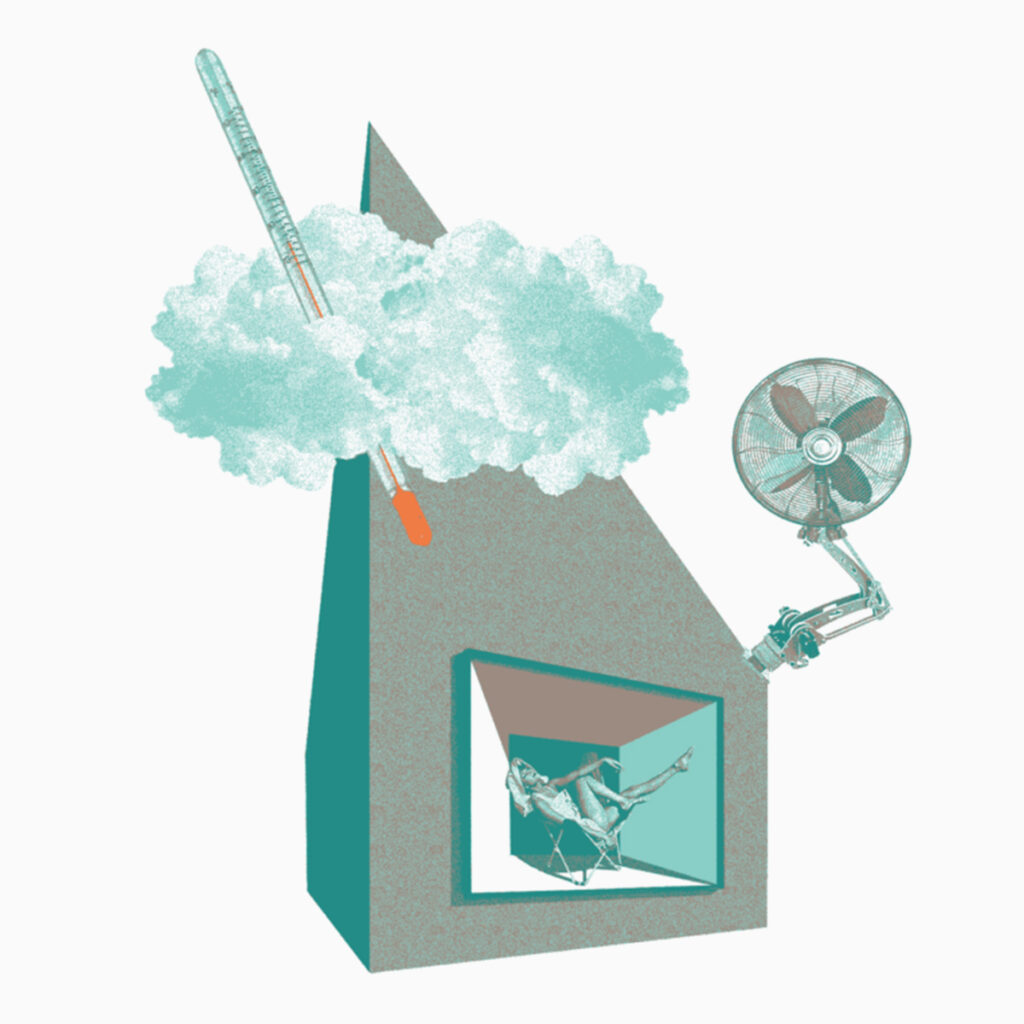
9. Indoor Environmental Quality
Indoor Environmental Quality (IEQ) has been proven to have a remarkable influence on health, sick leave, performance and productivity. Personal control over environmental conditions moreover has a positive effect on user satisfaction. The technological design of the IEQ needs to fulfill the newest standards and regulation of the IEQ should be decentralized.
Hopefully, you enjoyed reading this article and you found it insightful. Sign up to our newsletter for more insights from our thought leaders and invitations to our events.
